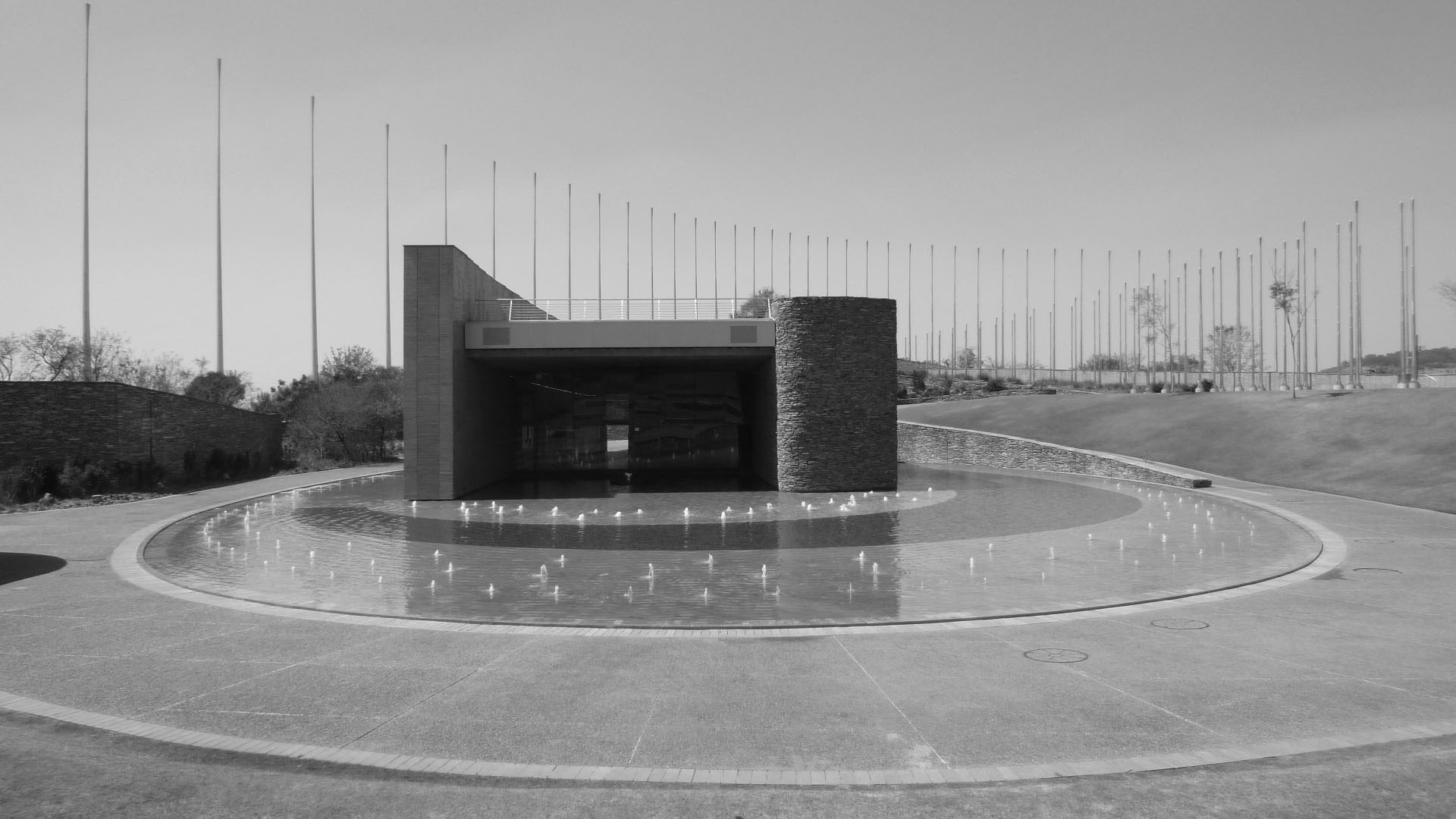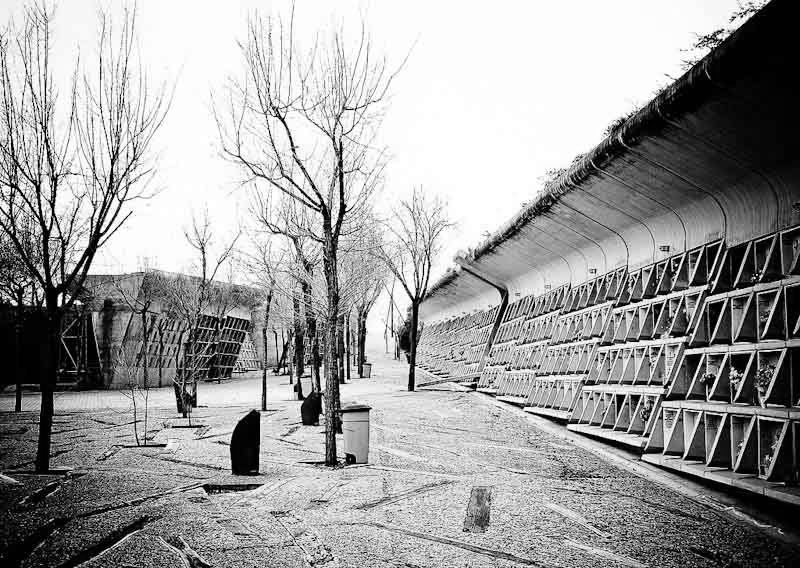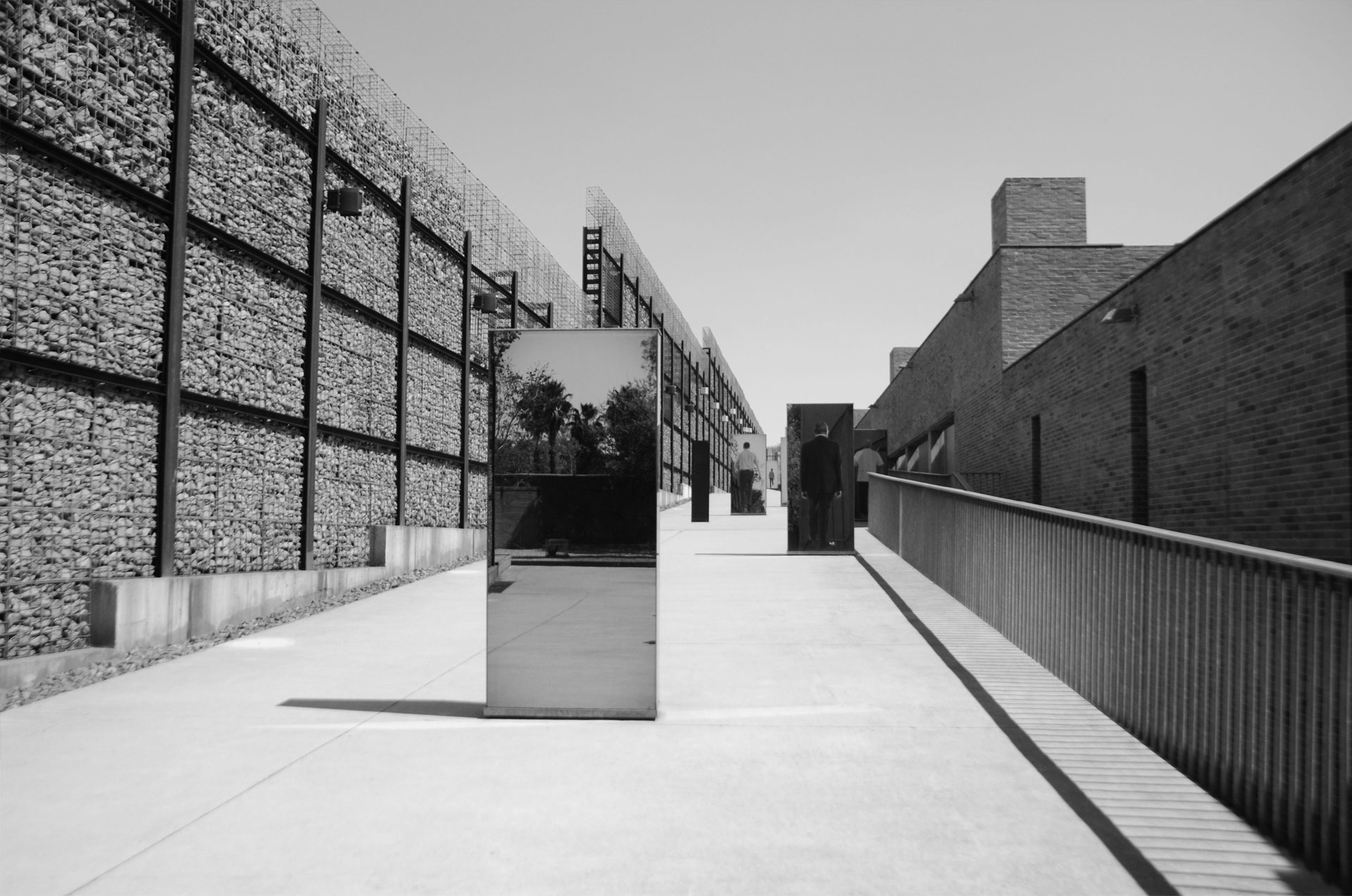“I’m a modern person and I like that, but I miss the other side. Tradition. But I operate in a modern world, with its new challenges and every so often, you think about the past and you realize that there’s a part of you which is not entirely 100%, so I value religion and culture for that reason. It’s that it can make you very centered when you get to a point in your life, where you’ve achieved a lot or when you get ill. Then you get reminded that actually the deepest and most important part of cultural identity are felt when you’re at your worst.”
(Jeremy Rose interview, 2014)
I met Jeremy for the first time on 30 September 2014 at his home in Westcliff. It was a warm September afternoon in 2014 that changed my outlook on architecture. It wasn’t a momentous incident and I wouldn’t label it as life changing either, it was simply a meeting with an architect. A simple, humble and opinionated man by the name of Jeremy Rose.
The premise of the interview centred around competition architecture and the architect’s winning projects. This research project would allow me to understand the thinking that goes into realizing a project and to value architecture as being more than just built form.
He spoke very intimately about his life and the various struggles that he had faced as both an architect and as an individual. It was both enlightening and overwhelming to comprehend his passion and determination that allowed him to get to this stage in his career. It was through this introspection and criticism of both himself and the competitiveness of the field that shared light on the negative side of architecture, but with a few funny stories drizzled in between to lighten the mood.
Landscape of significance | Freedom Park
“… That’s the other landscape and I’d forgotten about it, that’s the landscape of significance….. Freedom park sits as a piece of land that was part of a process…but basically the land is found and turned over to a project and declared significant…. It becomes significant because you’ve done it, that’s your connection with significance…” ¹ (Jeremy, 2014)
Freedom Park (Image credit: Brira Aftab, 2014)




